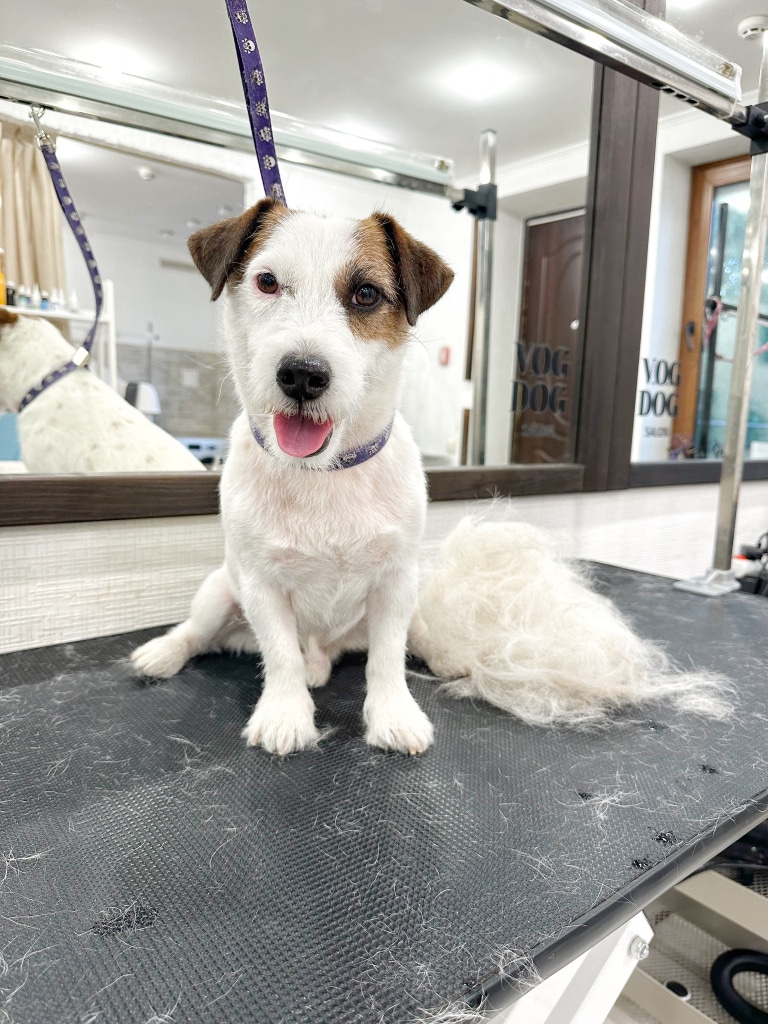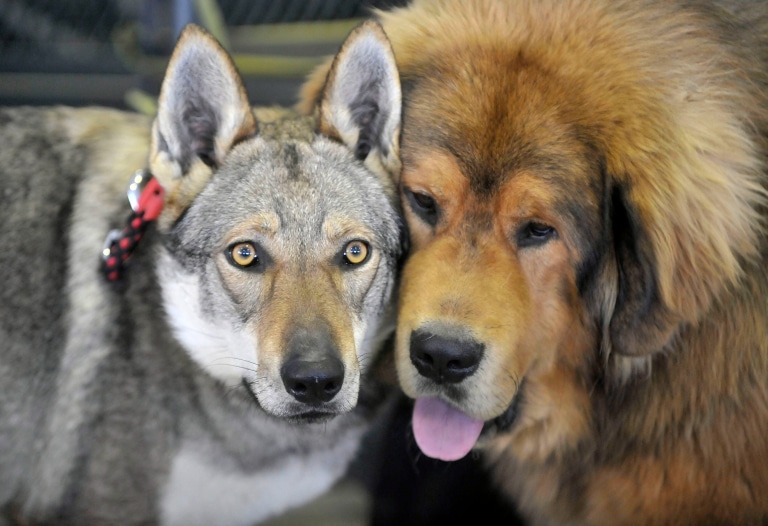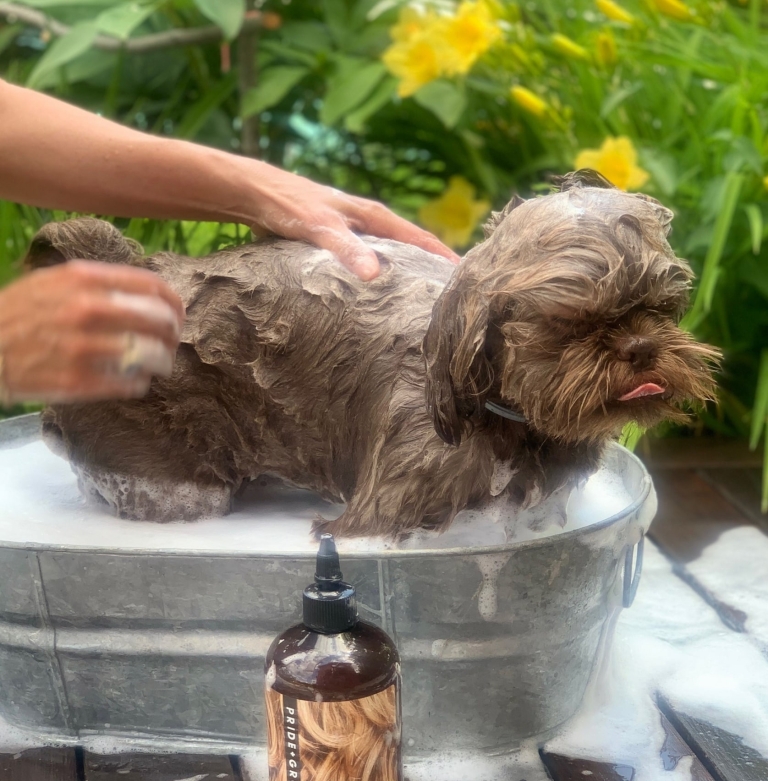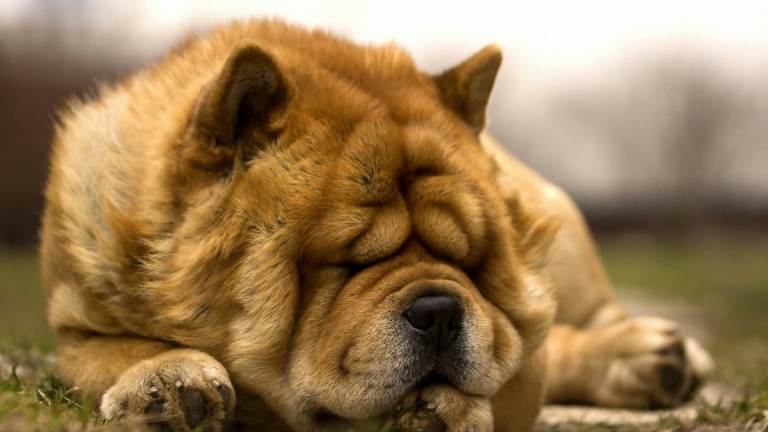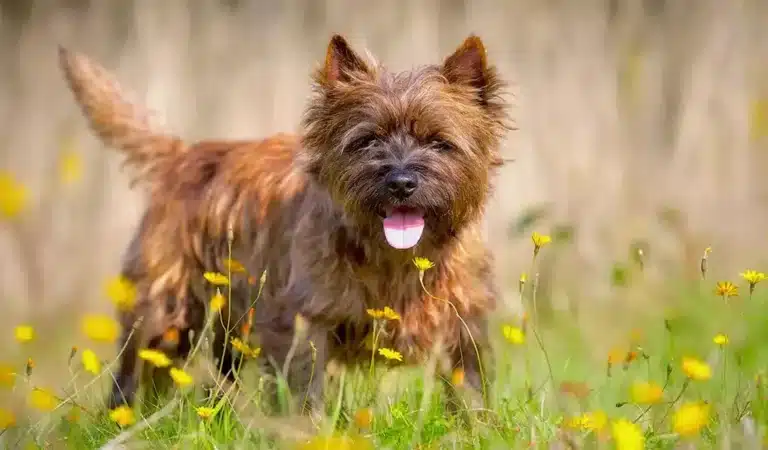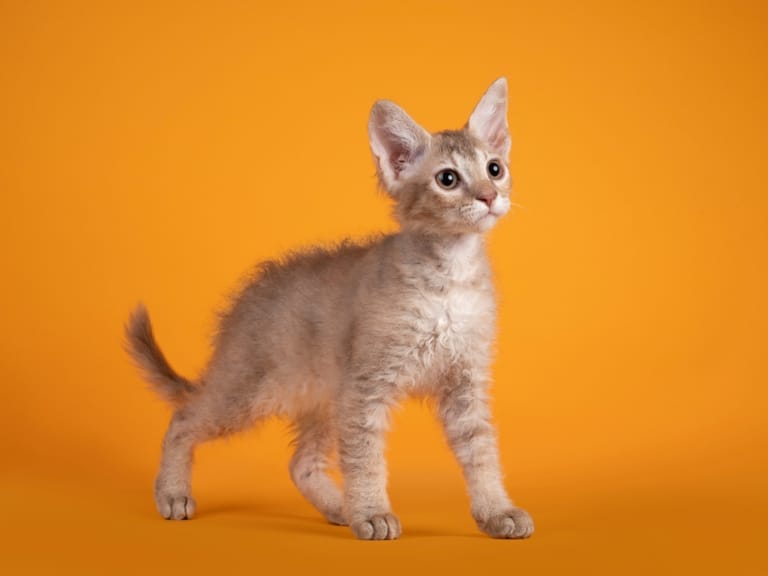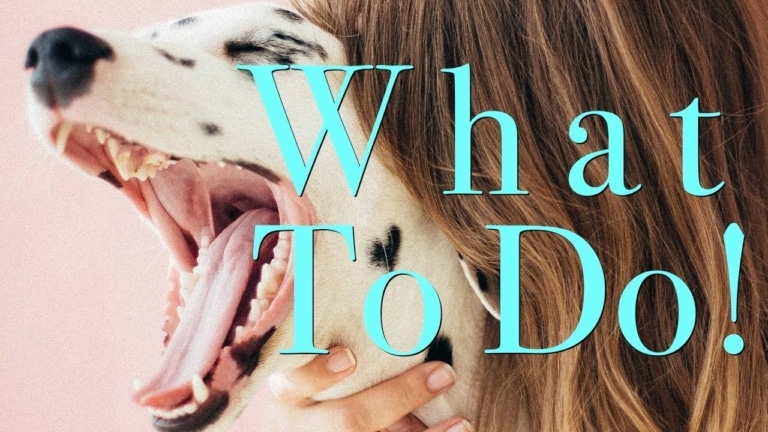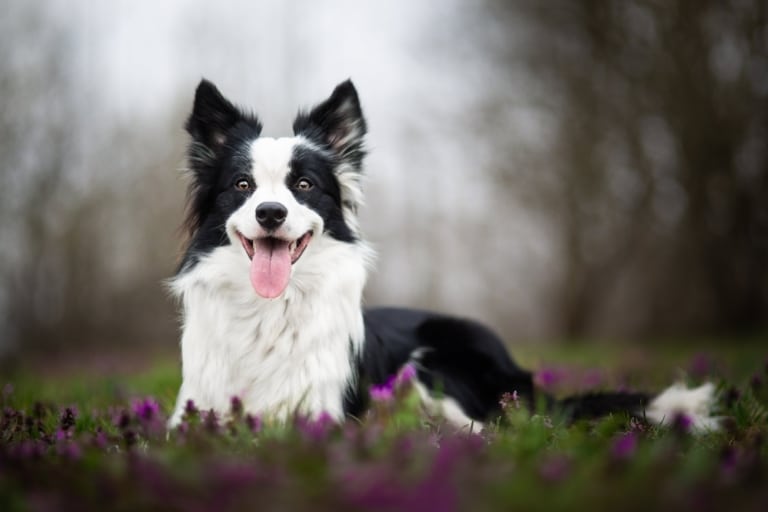Trimming – a procedure that may raise many questions among pet owners. In this article, we’ll delve into the main aspects of trimming and answer the most frequently asked questions.
Which dog breeds can be trimmed, and which breeds must be trimmed?
Many breeds with coarse fur are recommended to undergo trimming to maintain healthy skin and fur quality. These include: Jack Russell Terrier, Fox Terrier, Airedale Terrier, Irish and Scottish Terriers, Cairn Terrier, Giant Schnauzer, Miniature Schnauzer, Wire-haired Dachshund, Cocker Spaniel, Setter, and German Wirehaired Pointer, among others. This isn’t an exhaustive list. For many of these breeds, trimming is essential to maintain the distinctive appearance of the coat and prevent overgrowth. However, most dog breeders, veterinarians, and groomers assert that trimming is necessary for all coarse-haired dogs.
How does trimming differ from grooming?
Trimming and grooming are two different processes of pet care, especially for dogs. However, many people often confuse or consider them synonymous. Let’s clarify.
Dog trimming is a method of removing dead top fur using specialized tools such as trimmers or knives. It’s especially crucial for breeds with coarse fur.
Grooming is a comprehensive set of procedures to care for an animal, encompassing not just trimming but various other actions. Its objective is to maintain cleanliness, health, and beauty of the animal’s fur and skin. It includes procedures like washing, haircutting, ear cleaning, nail trimming, eye cleaning, and more.
Thus, the primary difference between trimming and grooming is that trimming is a specialized process for removing dead fur, while grooming is holistic care for the animal, involving various procedures.
How and where should you trim your dog?
Trimming is both an art and skill, demanding certain expertise. For dog owners deciding where and how to conduct the procedure, a few aspects should be considered.
Home care or a professional salon?
Home Care: Some owners prefer trimming their pets at home. This can be cost-effective and allows both the owner and pet to spend quality time together. However, it requires certain skills and tools.
Professional Salon: Turning to a professional ensures that the procedure is done correctly and safely. Expert groomers are familiar with the anatomy and peculiarities of each breed, leading to optimal results.
Salon Choice: In Kyiv, numerous salons offer pet care services, but the “V.O.G DOG” chain stands out:
- “V.O.G DOG” employs only experienced professionals who continuously enhance their skills.
- The salon uses advanced technologies and professional cosmetics, ensuring excellent results and safety for your pet.
- The salon’s experts pay attention to every client, taking into account individual characteristics and owner’s preferences.
Should you wash the dog before and after trimming?
It’s advised to wash the dog before trimming to ease the process and get rid of dirt and debris. Clean fur allows for a more comfortable and safe procedure. After trimming, you can also wash the dog to remove trimmed hair and give the skin a fresh feel. However, be cautious and use a gentle shampoo as the skin might be more sensitive post-trimming.
What happens if you don’t trim the dog?
If breeds that require trimming are not trimmed, the following issues might arise:
- Mat formation: Dead fur can accumulate and form mats, making the dog’s appearance untidy and possibly causing discomfort and pain.
- Skin issues: Accumulation of old fur can clog pores, increasing the risk of skin infections, inflammations, and dermatitis.
- Loss of breed-specific appearance: For many breeds, trimming helps maintain their distinctive look.
- Inconvenience for the dog: Long, unkempt fur can hinder the dog’s vision, movement, and even eating.
- Increased risk of parasites like fleas and ticks, as they find it easier to hide in thick, untrimmed fur.
Hence, regular trimming is not just for cosmetic purposes but also vital for the health and well-being of the pet.
How much does dog trimming cost?
The cost of trimming a dog depends on various factors. Here are the main criteria influencing the final price:
- Dog breed: Some breeds demand more delicate and labor-intensive care. For instance, trimming coarse-furred breeds like terriers may be costlier due to their fur type.
- Dog size: Generally, trimming larger dogs will be more expensive than smaller breeds because it requires more time and materials.
- Fur condition: If the fur has mats or is too long, the procedure may cost more due to the groomer’s additional efforts.
- Additional services: Some salons offer packages, including washing, nail trimming, and ear cleaning. Individual services can also affect the final price.
To get an exact trimming price for your pet, we recommend contacting the administrators of our “V.O.G DOG” salons, who can provide preliminary costs and potential special offers.
Choosing a place for dog trimming is a serious decision. By opting for the professional salon “V.O.G DOG”, you can be confident that your furry friend will receive the best care.

